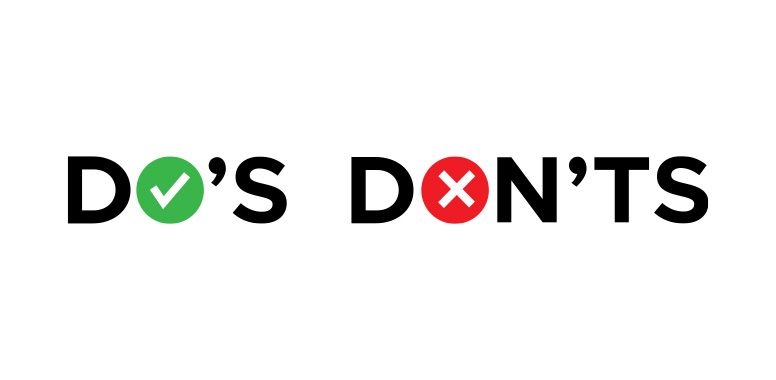Win Big on Amazon: A Powerful Step-by-Step Guide to Outperforming Your Competitors
Competitor Analysis: Your Secret Weapon to Thrive in Amazon’s Marketplace
In the fast-paced, ever-changing world of Amazon, competitor analysis isn’t just a tool—it’s your secret weapon to rise above the noise. With nearly 9.7 million active sellers all vying for attention, staying ahead of the competition isn’t optional—it’s a game-changer. The Amazon marketplace is a cutthroat battleground where understanding your competitors' strategies can be the key to outshining them. Imagine knowing exactly what works for them, and using that knowledge to your advantage. Sounds powerful, right? This guide will show you how to tap into that power, sharpen your strategy, and elevate your Amazon business to new heights by mastering the art of competitor analysis. Ready to outsmart, outrank, and outlast the competition? Let’s dive in!
What is Amazon Competitor Analysis?
Amazon competitor analysis is about studying the strategies of sellers with similar products. It’s not about copying, but uncovering their winning tactics to improve your own business—learning from their strengths and avoiding their mistakes. Key aspects include analyzing:
- Pricing Strategies: What price points are they offering? How does their pricing compare to yours?
- Keyword Usage: What keywords are they ranking for? Are they utilizing high-volume search terms that you’re missing out on?
- Product Listings: How are they presenting their products? Pay attention to their product titles, bullet points, images, and descriptions.
- Customer Reviews: What are customers saying about their products? Are there any recurring complaints you can address in your product?
- Advertising Tactics: Are they running Sponsored Product ads? What keywords or tactics are they using?
By gathering these insights, you can refine your own strategies, optimize your product listings, and uncover growth opportunities that may have been previously overlooked. Ultimately, competitor analysis is about staying ahead of the curve and outpacing your competition.
Why Should You Care About Competitor Research?
Competitor research is crucial because it’s the foundation of staying competitive in a marketplace as vast as Amazon. As an Amazon seller, your goal is not just to survive but to thrive. Here’s why competitor analysis is so valuable:
- Spot Market Trends: Analyzing competitors helps you spot trending products and successful strategies, allowing you to align with market demands.
- Find Gaps in Your Strategy: Competitor research highlights areas for improvement, like missing keywords, to refine your SEO approach.
- Refine Your Pricing: Monitor competitor prices to stay competitive without undervaluing your product and identify potential price increases.
- Optimize Your Listings: Learn from competitors’ successful listings to enhance your product images, titles, and descriptions, boosting visibility and conversions.
- Unlock New Growth Opportunities: Discover untapped audiences or features your competitors missed, unlocking new growth avenues for your business.
- Boost SEO and Marketing: Analyze competitors' SEO strategies to improve your keyword targeting and optimize ad spend for better results.
Crush Your Competition with These Simple Steps
Now that you understand why competitor analysis is crucial, let’s break down the practical steps to help you crush your competition.
1. Identify Your Competitors
The first step in competitor analysis is identifying your direct competitors. Start by searching for your product or niche on Amazon. Use long-tail, specific keywords to narrow down your competitors and focus on the top 10 to 20 products on the first page of search results. These are your main competitors, and they are likely ranking for the same keywords as you. You can further refine your competitor list by analyzing the sellers that consistently appear at the top of the search results for your product categories.
2. Audit Competitor Listings
Take a deep dive into your competitors’ product listings. Review their product titles, images, descriptions, and bullet points. Pay attention to the following:
- Product Titles: Are they clear and keyword-rich? Are they optimized for both search engines and customer appeal?
- Images: Are their images high-quality? Do they showcase the product from different angles and in use?
- Bullet Points: Are the bullet points informative and persuasive? Do they highlight key features and benefits?
- Descriptions: Are their product descriptions detailed and clear? Are they answering common customer questions?
By reviewing these elements, you can uncover gaps in your own listings and improve areas where your competitors may be excelling. Consider implementing best practices from top sellers while making your listings unique to stand out.
3. Monitor Pricing & Sales Trends
Pricing is one of the most influential factors in driving sales. To ensure your product is competitively priced, keep track of your competitors’ pricing strategies. Use tools like Amazon’s Product Tracker to monitor price fluctuations and sales trends. Is your price too high or too low compared to your competitors? Analyzing price trends will help you find the sweet spot for your product that maximizes sales while protecting your profit margins.
4. Analyze Customer Reviews
Customer feedback is an invaluable source of insight into both your competitors and the market in general. Take the time to read customer reviews for products in your niche. Pay attention to both positive and negative feedback:
- Positive Reviews: What do customers love about the product? Can you incorporate these features or benefits into your own product or listing?
- Negative Reviews: Are there recurring complaints? What issues are customers facing, and how can you address these pain points in your own offering?
By analyzing customer feedback, you can improve your product quality, address unmet customer needs, and create a superior offering that better aligns with customer expectations.
5. Evaluate Keywords & SEO
SEO is crucial for visibility on Amazon. By identifying the keywords your competitors are ranking for, you can enhance your own SEO strategy. Use different keyword research tools to discover the top-performing keywords in your niche. Are your competitors targeting high-volume search terms that you haven’t considered? By optimizing your product listings with the right keywords, you can improve your organic ranking and attract more customers.
Drive Your Amazon Success with Competitor Insights
Competitor analysis is more than just a useful tool—it’s a game changer. It allows you to refine your strategies, optimize your listings, and ultimately grow your market share on Amazon. By understanding your competitors’ pricing, keywords, listings, and customer reviews, you can make informed decisions that help you outperform the competition.
Remember, the key to success on Amazon is not only about having great products but also about having a solid understanding of the marketplace. Start analyzing your competitors today, and use those insights to elevate your Amazon business to new heights. Don’t let your competitors leave you behind—stay ahead of the curve, and watch your business soar!
By strategically leveraging competitor analysis, you can enhance your sales, refine your brand positioning, and gain a distinct edge in the marketplace. Don’t miss out on the opportunity to outperform your competition—reach out today or book a Zoom call to explore how we can take your Amazon business to the next level. Let’s unlock the full potential of your brand together with
CMO!


